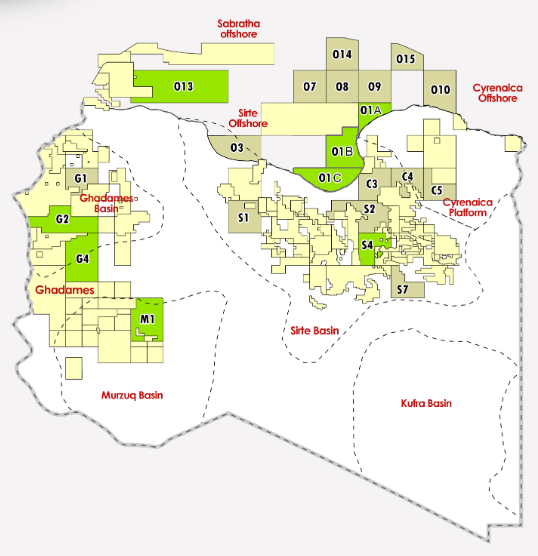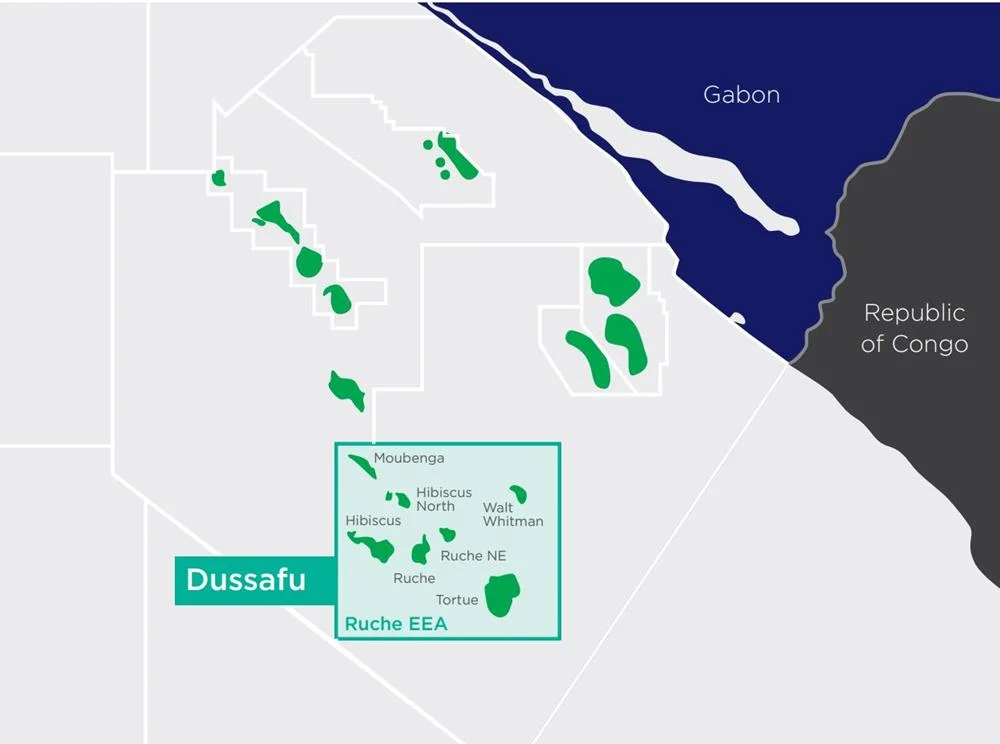Global oil demand slowing at a faster pace than predicted
Global oil demand growth is slowing at a faster pace than initially predicted, the newly released IEA Oil Market Report (OMR) for September informs subscribers. For 2016, a gain of 1.3 mb/d is expected – a downgrade of 0.1 mb/d on our previous forecast due to a more pronounced 3Q16 slowdown. Momentum eases further to 1.2 mb/d in 2017 as underlying macroeconomic conditions remain uncertain.
Meanwhile world oil supplies fell by 0.3 mb/d in August, dragged lower by non-OPEC. At 96.9 mb/d, global oil output was 0.3 mb/d below a year ago, but near-record OPEC supply just about offset steep non-OPEC declines. Non-OPEC supply is expected to return to growth in 2017 (+380 kb/d) following an anticipated 840 kb/d decline this year.
OPEC crude production edged up to 33.47 mb/d in August – testing record rates as Middle East producers opened the taps. Kuwait and the UAE hit their highest output ever and Iraq lifted supplies. Output from Saudi Arabia held near a record, while Iran reached a post-sanctions high. Overall OPEC supply stood 930 kb/d above a year ago.
The anaemic outlook for refining throughput extends further amid downward revisions to our 2H16 forecast. Refinery runs in 2016 are set to grow at the lowest rate in a decade.
OECD total inventories built by 32.5 mb in July to a fresh record of 3 111 mb. As refinery activities reached a summer peak, crude oil inventories refused to decline until an exceptional storm-related draw hit the US in late August.
Oil prices rallied in early August, rising from four-month lows near $42/bbl to briefly above $50/bbl amid peak summer demand for crude oil, which is expected to lead to the first quarterly crude stock draw in more than two years. At the time of writing, Brent futures had retreated to around $48.45/bbl while WTI was at $46.35/bbl.











